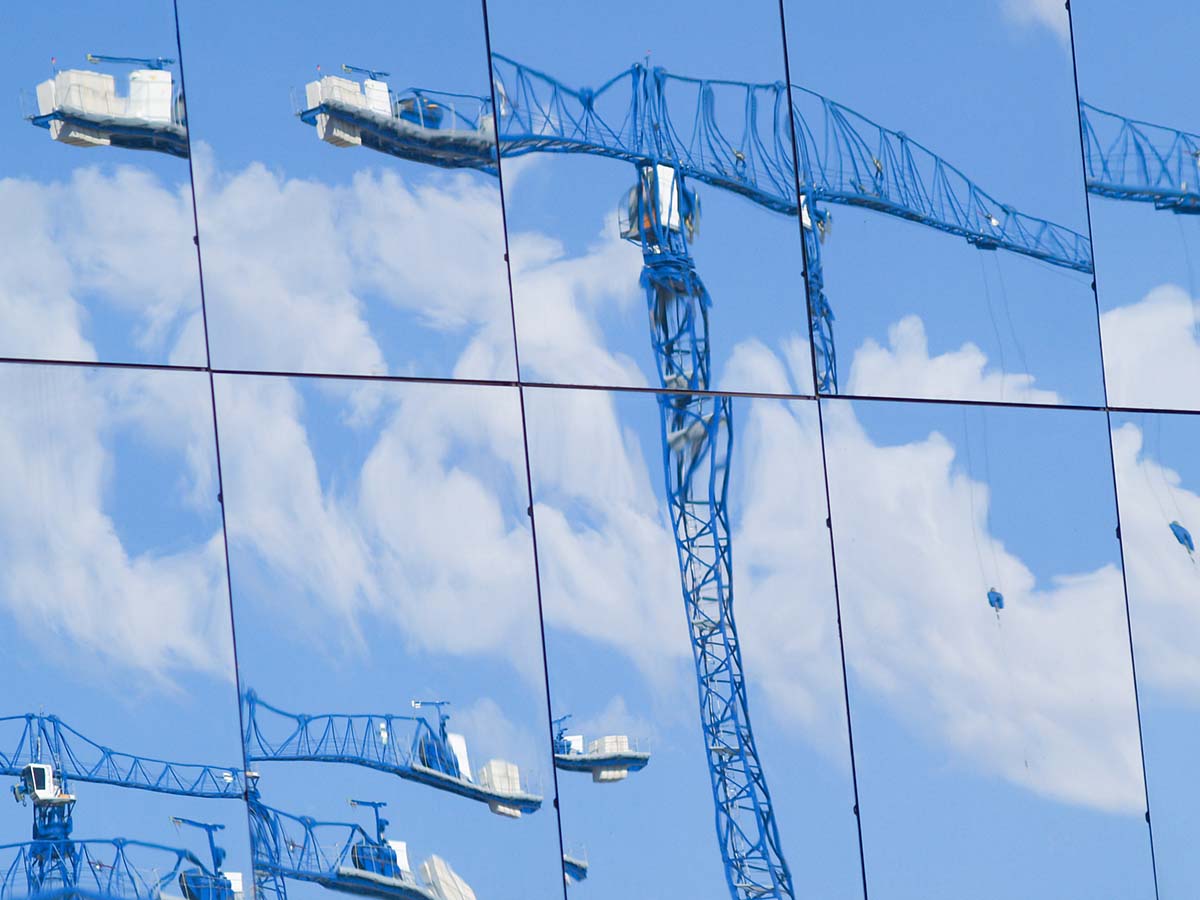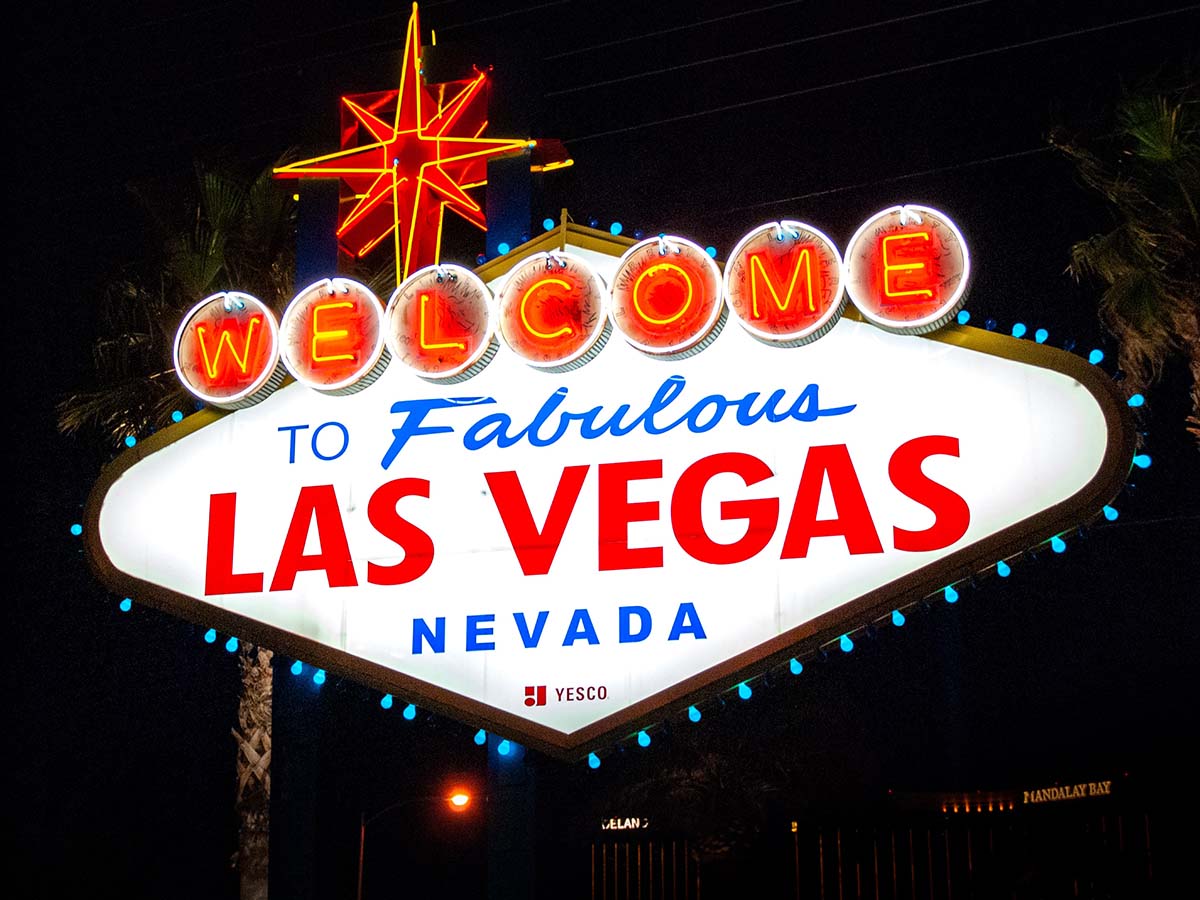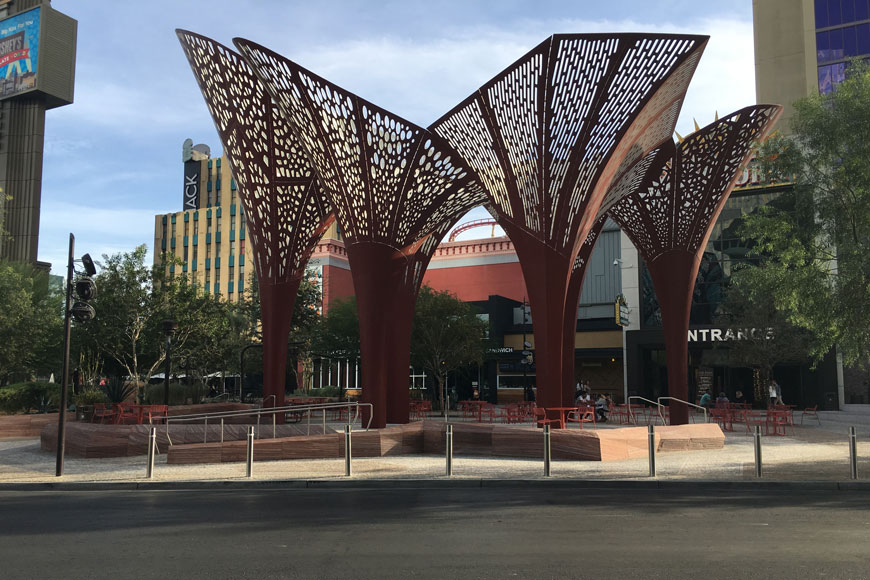Nevada is a rapidly growing technology hub with the right mix of infrastructure and strategies in place to lure tech companies and workers to the state

Nevada evokes images of glitzy stage shows, bright lights and flashy casinos, but there’s much more to this state than gambling, glitter, and sparkles.
The state has increasingly become an attractive alternative to California for tech companies looking for lower tax rates and reduced operating costs—and to tech workers looking for a lower cost of living. Along with cheaper housing costs, tech companies in Nevada also offer workers flexible, highly competitive benefits, putting the state in the perfect position to become a major tech hub.

Future Tech in Nevada
Nevada is actively pursuing tech companies with a variety of strategies. The tourism-centered state was hit hard by the COVID-19 pandemic, and lawmakers and state planners are betting on the tech sector to diversify and bolster the state’s economy.
Las Vegas, the state’s largest city, hosts the world’s technology industry at the Consumer Electronics Show every year, putting it in an excellent position to leverage its location and infrastructure into future tech sector growth. Smaller cities, like Henderson, have also created strategies to attract tech companies that create local jobs unattached to Las Vegas’s tourism and entertainment industries. This strategy has been successful; Henderson is home to a Google data center. Nevada is also home to the Virgin Hyperloop prototype, the first hyperloop (a futuristic travel mode first conceived by Elon Musk) to successfully transport passengers. Nevada also has strong supports in place for the testing of autonomous vehicles, a further draw for tech companies working on driverless technology. In fact, Nevada was the first U.S. state to legalize driverless car testing.

A History of Mining
The mining industry and associated technologies are also growth areas for this mineral and metal-rich state, often known as the “Silver State” because of its long history of silver mining: the richest silver strike, the Comstock Lode of Nevada, produced about $5 billion worth of silver in today’s dollars.
But Nevada’s underground resources aren’t limited to silver. Nevada produces more gold than any other U.S. state, as it’s home to the second largest gold deposit in the world (behind Witwatersrand, South Africa). Nevada is also home to the only active US lithium mine. Lithium is a crucial to the production of lithium-ion car batteries; demand for this metal is only expected to grow as consumers and governments focus on cutting vehicle emissions to combat climate change.
Ecology, History, and Culture
Nevada is the 7th largest state in the US, and contains a broad and distinct range of ecological habitats, wildlife and topography, although it is perhaps best known for its deserts and mountains. Cacti and Joshua trees, geckos, sidewinder rattlesnakes, and bighorn sheep are just some of the unique species of plants and wildlife that tourists can encounter on outdoor adventures in the state’s arid desert regions.

Nevada’s Indigenous peoples named the region for the snow that covers the mountains in winter. The Comstock Lode in 1859 put Nevada on the map, drawing settlers and creating boom towns. Well-known residents include Mark Twain and Wyatt Earp. The state is also home to the world famous Hoover Dam, the country’s highest concrete arch dam and the largest public works project in U.S. history.
Las Vegas and Reno are the best-known tourist destination cities in Nevada, but other cultural events draw tourists to the state, including Burning Man, held annually in the Black Rock Desert. Reno’s famous hot air balloon races, the largest event of its kind, are also a draw for tourists and locals alike.
Construction and Growth
Employment in Nevada’s construction industry continues to increase year over year, and anticipated construction in cities like Las Vegas, which is actively working to secure tech sector growth, is also projected to grow this year.

New commercial and residential construction will be key to ensuring the region remains an appealing destination for tech workers and tech companies, and the state’s architecture is both unique and innovative.
As more residents move to the state and tourism returns, keeping pedestrians safe is a top priority. Crash-rated bollards paired with decorative covers can help to protect against vehicle accidents and attacks, without compromising the iconic style of the Silver State.
